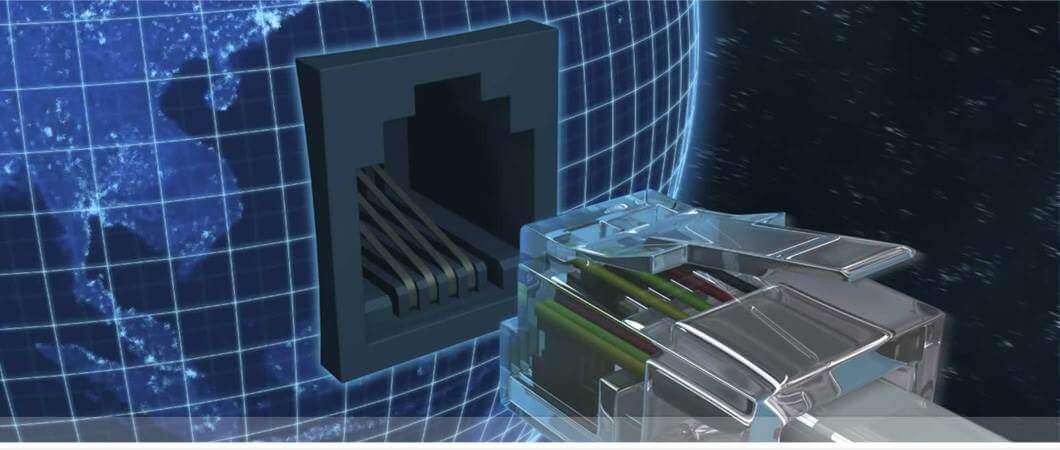IT Manager: How to Maximize Your Network Performance
Whether you work as an administrator in a network infrastructure team or managing the team, you know it is getting harder everyday to ensure application performance for the end users. On the other hand, it is hard to understand the application requirements: some applications are data hungry, some operate with as low bandwidth as possible. To ensure you can minimize downtime, identify and diagnose problems and maximize performance you need visibility in your network infrastructure.
It is not easy to gain such visibility though. You can deploy additional probes, packet capture devices or even get consultancy but still have blind spots. Blind spots even make it harder to manage and monitor applications that are business critical. You may even find out that about 50% of the network traffic is web-based and it looks all the same to the network. Troubleshooting becomes inefficient and thus harder, resolution times get longer and application performance degrades over time.
The first step is to start with the broader overview of your network. You are most probably monitoring your network with a dedicated tool and already taken measures to manage social media, video and voice traffic (no need to say that managing this traffic depends on your business – if you are using voice-over-IP and/or video to reduce your communication costs, you need to manage them accordingly). After that you need to deep digger to understand your traffic in detail, asking “which applications” (Layer 7) down to “what addresses” and “what ports.”
RELATED: Hosting Considerations for E-commerce
This drilling will give you a fairly good understanding about your network infrastructure. Then you can begin mapping your transactions. Transaction maps define all the elements, all the components to deliver a transaction. Since transaction maps reduce the sample and the amount of information to be analyzed, they allow faster problem identification, faster impact analysis and therefore result in faster resolution times. Therefore it is extremely important to have maps for each of your transactions and to make them part of your network monitoring strategy.
Transaction maps also come hand in hand with the service delivery infrastructure; the bottomline is that the service is delivered over the network and some/all of it is shown on the transaction map. To have a more accurate understanding of the network, you should also model the business services and include the infrastructure components in your model. This model should also take the perspective of the end user. All of these should be embedded in the monitoring infrastructure. For example, if you are running a web application spanning various database clusters, web servers and if users are connected from various locations, your monitoring should run synthetic transactions and analyze performance from the users’ points of view, taking different locations into consideration.
RELATED: Moving E-mail to the Cloud: The Obvious Benefits
When modeling such services and making network maps, it is best to work with the application support development teams. Working with different parties result in many benefits: everybody comes to the same page, everybody looks at the unified view, everybody brings his own perspective (security, development, support, infrastructure …) on the picture, brainstorming surface many ideas, more fruitful discussion (less finger pointing) takes place, resulting in more efficient and optimized models, less problems and quicker problem resolution.
You are most probably using a network monitoring tool. Maybe you are using more than one tool to perform specific tasks. If this is the case, most probably you are struggling with gathering and aggregating data from various resources and transforming them into meaningful analyzes, which is painful, resource intensive, error prone and inefficient. To have a better management of your network consolidate your tools and simplify your management. When trying to achieve these, don’t fall into the trap of doing everything at once. Look at the tools available, analyze how they can benefit your network team rather than what features/technical superiority they offer, analyze how they can model your services, how they can help visualize data and how they can assist various teams with its capabilities. The analyzes that you make will ensure that the solution you are implementing is in line with your business requirements and allow diverse IT teams to work together.
RELATED: Big Data #8: Big Data for the Small and Medium-sized Businesses
Once you get a detailed understanding of your infrastructure then you can think about planning for the future. What are the future plans of your business: increase production, expand to different markets/geographies, expand/leave certain businesses? You will be able to respond to these changes confidently, you have a good understanding of your infrastructure, you aligned your IT resources with the business and you are ready to act as quickly as the business requirements change. On the other hand implementations become less trickier and the new opportunities that come – like cloud, mobile apps – can be exploited more easily, less risky and faster.
The network infrastructure is there to deliver the applications the business need to operate and advance. And the network team is there to stay ahead of the problems, fix before they happen and make sure that they are not dragging the business but helping it to move faster. The steps I have discussed are the essential steps for the IT manager to take.
What is your take? How do you maximize your network infrastructure to assist your business? Share with us in the comments.
Featured image




